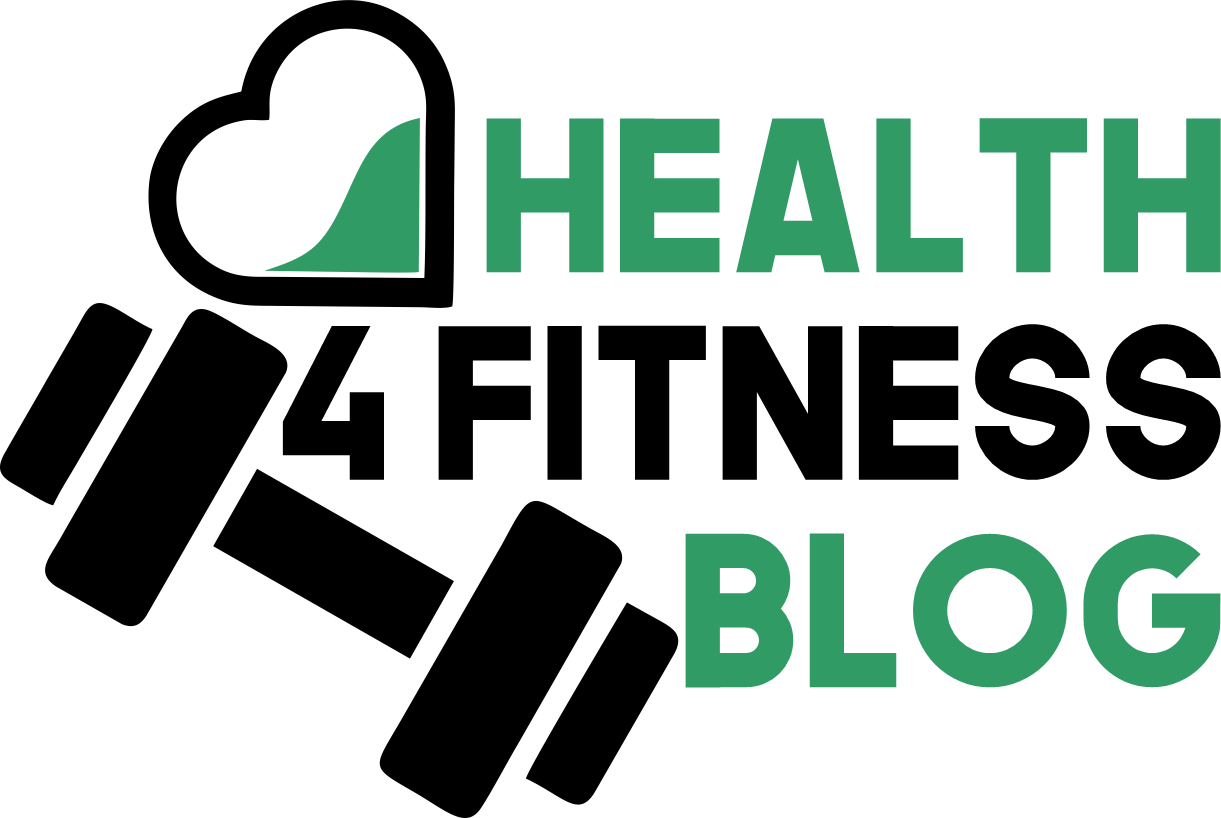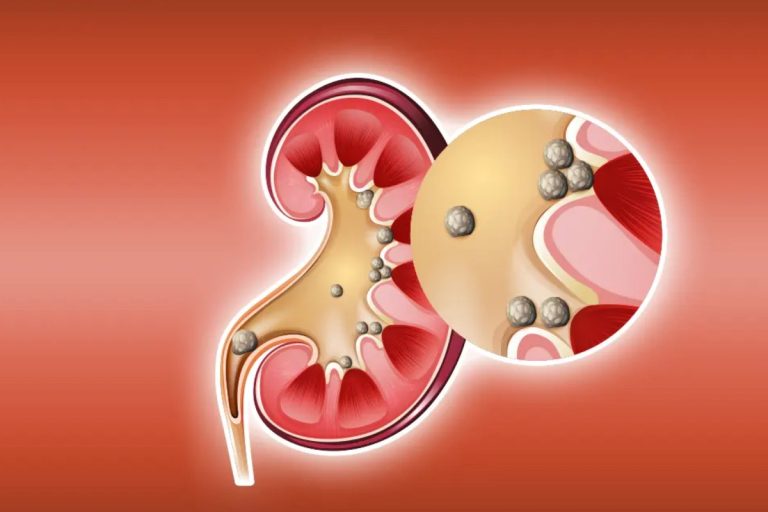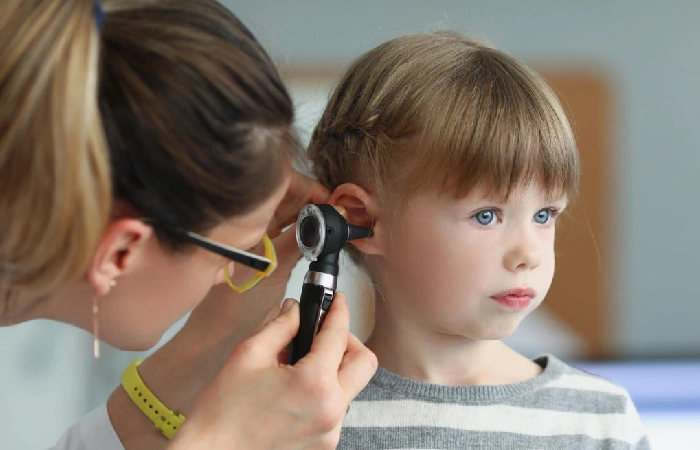Massage Therapy Training: A career as a licensed massage therapist comes with many rewards, such as helping clients reduce stress and find relief. However, entering this in-demand field means completing an extensive training program first. Massage therapy students can expect a comprehensive curriculum that goes beyond just learning techniques.
Through coursework covering anatomy, modalities, and safety practices, students gain the scientific knowledge and practical skills needed for professional practice. This guide provides an overview of the core subjects covered in massage therapy certification so you have a clear sense of what to expect.
If you need to see about Massage Therapy Training, you can visit the site.
Table of Contents
Anatomy and Physiology
Any massage therapy certificate or certification requires an in-depth understanding of human anatomy and physiology. You’ll dedicate significant time in school studying the various body systems like the musculoskeletal, circulatory, and nervous system.
This forms the scientific foundation for your work by teaching the names and functions of all muscles, bones, tissues, and organs. Expect intense coursework and practice identifying everything within the body.
Massage Modalities
Preparing for your LMT program means getting comfortable with different massage styles. Swedish massage is the most fundamental technique every therapist knows, using long gliding strokes for relaxation.
But programs also cover integrative modalities like deep tissue, hot stone, sports, and myofascial release massage. You’ll practice each technique extensively to understand proper body mechanics, pressure levels, and target areas to relieve cramping, swelling, or tension.
Kinesiology
The movement of the human body also gets examined. Kinesiology training enlightens you on muscle groups, attachments, actions, and relationships. This allows matching massages like trigger point precisely to tight or overworked muscles.
You’ll not only memorize all the muscles and connective tissues within the body but also understand the theory behind movement.
Business Practices and Ethics
Aside from clinical skills, running a professional massage therapy practice requires savvy in other areas. Curriculums integrate lessons on entrepreneurship, ethics, client relations, documentation, insurance requirements, and more.
You’ll explore running your own small business, setting appropriate rates, ethical guidelines regarding boundaries, HIPAA compliance, and marketing strategies. This begins your journey as a licensed, certified massage therapist.
Clinical Massage Practicums
Massage training programs culminate in supervised, hands-on practice working with real clients. Expect at least 250-500 hours of clinicals, interacting with diverse people to assess needs and conditions through consultations and treatments.
These real-world experiences verify readiness for entering the profession as a qualified LMT by refining techniques while building confidence.
Occupational Safety
No massage career is complete without knowing how to work safely. Safety training emphasizes first aid/CPR, proper body mechanics, joint health, risk assessment, and more.
Hydrotherapy modalities like hot and cold packs are studied too for injury rehabilitation applications. Therapists must understand OSHA guidelines and injury prevention to maintain their own well-being for long-term practice.
LMT Program Curriculum – In Summary
These key subjects form the basis of any massage training program to equip graduates for licensure and careers in the field sufficiently. Hands-on practice and diverse case exposures give confidence and capabilities to begin helping clients find relief through massage. Qualified instructors and curriculums pave the way to becoming a professional LMT.











